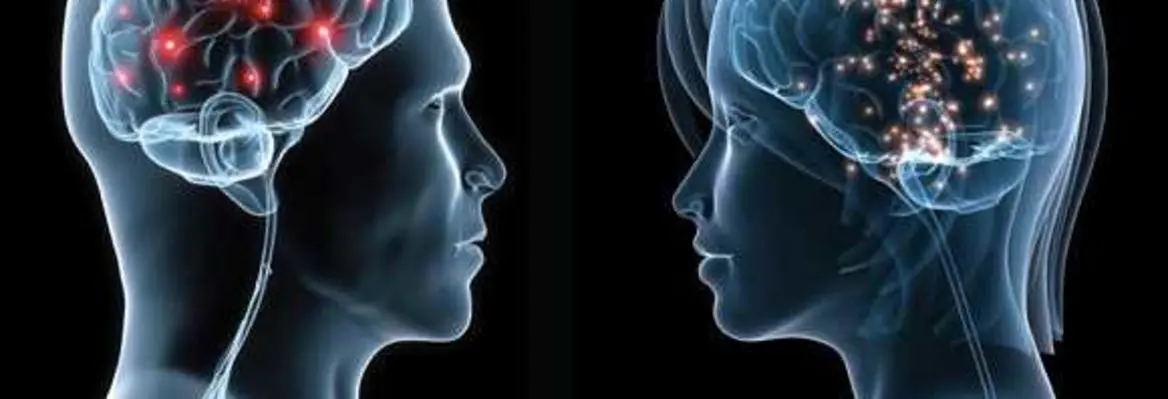Londa Schiebinger’s book, The Mind Has No Sex?, is an excellent survey of women’s role in the origins of modern science and the reasons for its decline. The title is drawn from a statement by a 17th century philosopher, François Poullain de la Barre. Based on his studies of the ‘new’ science of anatomy, he claimed that there was no evidence that women’s undoubtedly inferior position was due to some biological deficit, or lack of natural ability, and that, given appropriate opportunities, women would be as capable as men of high achievements in all spheres. “L’esprit n’a point de sexe” he declared.
It appears to have been downhill all the way since that optimistic statement. In parallel with the exclusion and disappearance of women from the realms of scientific enterprise and discovery, there is evidence of a powerful drive among (male) scientists towards applying the sexual differentiation associated with reproduction to all other aspects of the body, including the brain and hence the mind. Women’s development was described as being arrested at a lower stage of evolution, with brains and abilities to match.
Behind this was the assumption that a woman’s primary (if not sole) role in society, to be a mother/homemaker, is determined by her biology, and deviations from this destiny (such as becoming ‘over-educated’ or trying to enter ‘male’ occupations) would be damaging for her, her family and, presumably, the future of society. It was not an unspoken assumption either. This prejudice was supported by lofty statements from (male) authorities, full of rousing psychobabble about maternal instinct and the drive to be “womanly companions of men and to be mothers”. The stereotypical view was established of women’s essential nature as empathic, emotionally labile, cognitively fragile, wholly and inextricably linked to their destinies as wives and mothers and determined by their different brain structure and function.
Early brain and behaviour researchers enthusiastically entered into the task of collecting data to support this stereotype – 19th century neurologists cheerily matched their assumptions about which bit of the brain was the most important to their findings about which bits of the brain were largest in males, even if it meant reversing earlier conclusions. For example, researchers scoffed at the extensive parietal lobes in females when it was clear that the frontal lobes were ‘the repository of highest mental capacities’, But, during a brief fashion for identifying the parietal lobes as the seat of human intellect, they had to quickly back-pedal and report that female parietal lobes had been mismeasured and women actually had larger frontal areas than had previously been thought.
It was not scientific research’s finest hour. At the beginning of the 20th century, Helen Thompson Woolley in “A review of the recent literature on the psychology of sex” wrote:
“There is perhaps no field aspiring to be scientific where flagrant personal bias, logic martyred in the cause of supporting a prejudice, unfounded assertions, and even sentimental rot and drivel, have run riot to such an extent as here.”
We might hope that today, well into the 21st century, this backward glance would be from a position of enlightened objective research results, free from the trammels of outdated stereotypes, where findings about the links between sex/gender, brain and behaviour had successfully harnessed the stunning technological advances in brain research to properly inform enquiries and conclusions about biological determinism and essential differences between men and women. Would that it were so!
There are two innovative concepts in this field that should have changed our understanding of the alleged role of the brain in gender differences.















Join the conversation